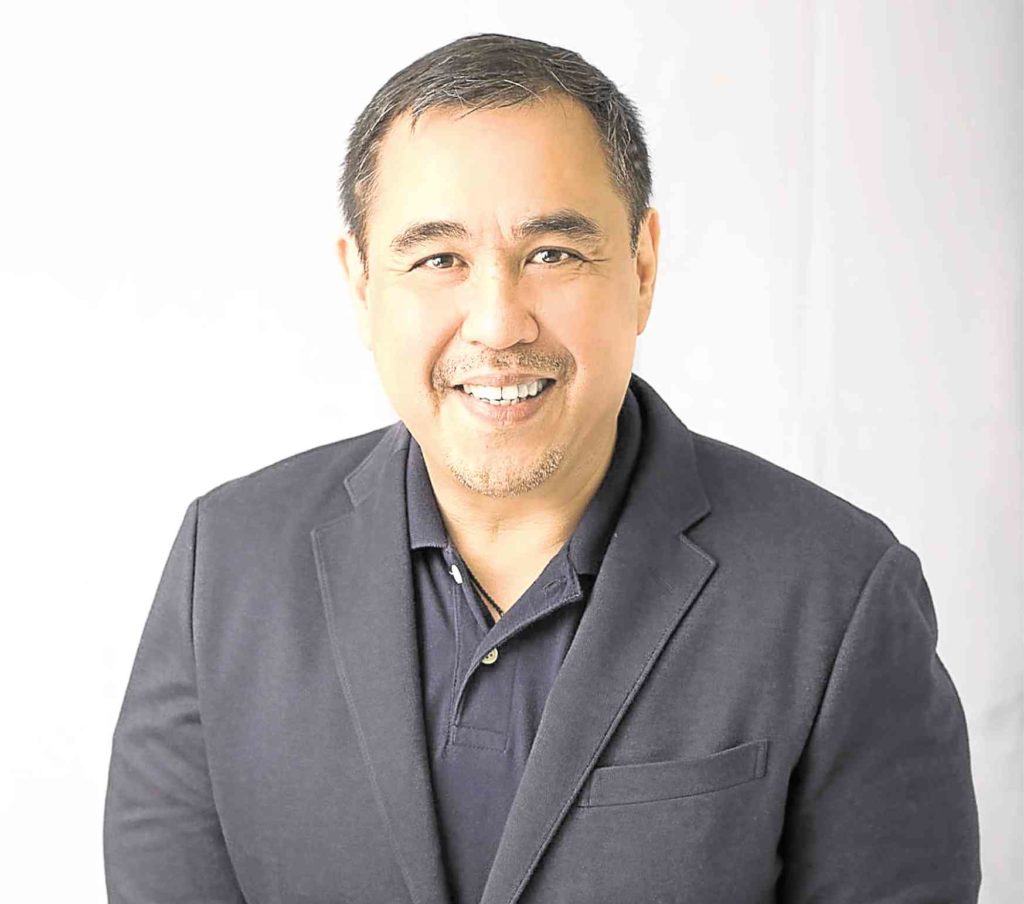Original fries guy finds new niche in shrimp tempura
Jorge Wieneke founded Tokyo Tempura in 2012. In five years, the concept expanded to over 100 stores, winning for him the Agora Award in 2017. He shares with us the challenges of introducing a new concept.
Q1: What pain points were you trying to solve when you conceptualized Tokyo Tempura?
A: Filipinos love to eat tempura but they can’t have it every day. I noticed that in buffet restaurants, it is always the shrimp tempura that people queue up for and it is always the first to disappear. Also, when you eat in Japanese restaurants, an order of tempura costs an average of P350 for four pieces only.
I felt that it was a bit unfair so I came up with tempura that is very much affordable, accessible and available almost anywhere. In a sense, you can say that I democratized tempura.
Q2: Tokyo Tempura had a difficult beginning in 2012. You had to close two-thirds of your stores in your first two years. It only became a big hit after it opened in Glorietta Park Square. What are the lessons you learned from this experience?
Article continues after this advertisementA: The first two years were trial and error in terms of finding the right market. We thought that because of the price point, the product would already be attractive to the lower segment.
Article continues after this advertisementUnfortunately, we overlooked the fact they did not know what tempura was [and] they were asking for suka [vinegar for dipping]. The lesson here is to identify the right target consumer and correlate to that the right location for your target market.
We opened in low-end malls thinking the price would be attractive enough, but as previously mentioned, the mallgoers were unfamiliar with the product.
Another lesson here is that branding and awareness really takes time. This doesn’t happen overnight and it takes a lot of effort.
Q3: Your pricing can be compelling to your target market. I believe your 12-piece bucket is now the most saleable. Why the differences in demand?
A: Since our products start at P60 for four pieces, the average cash-out of our customers was very low. To remedy this, I wanted to create a product that would require the customer to part with a larger amount and yet not feel shortchanged on the product. That is why I conceptualized the 12-piece bucket, to increase the average transaction expense of our customers. But since other tempura offerings elsewhere cost much more than we do, P155 for 12 pieces of shrimp tempura seemed like a steal to customers.
The attraction was the value for money they were getting, bang for their buck. Inadvertently as well, we became the second ulam (viand) in food courts. [It was just like] when Sun Cellular was the second option to either Smart and Globe.
Q4: You gave away your franchise without investors paying a franchise fee. Your monthly royalty is a fixed P5,000 regardless of sales. Why is this so?
A: We actually helped friends and relatives start their own businesses without asking them to pay a franchise fee. Without realizing that by doing such, it helped in expediting the expansion of the brand. One [franchisee] was actually instrumental to the growth of the brand. I tested a concept in his outlet, a dine-in Tokyo Tempura Unlimited. This outlet put Tokyo Tempura on the digital map in 2015 and the rest was, as they say, history.
Q5: Can you share your concept of entrepreneurial theology?
A: My concept is putting God in the center of everything, it is not only a business to me. It is the concept of paying-it-forward, a business with a heart. My company is built on this, my employees imbibe this and my family lives this. In my earlier endeavors with my past affiliations, we were all focused on surviving and growing the company—there was no such thing as helping.
That is why I made it a point to start my advocacy in 2012, KalyeNegosyo, where we offer a six-month entrepreneurship program to those in need.
Q6: You conceptualized Potato Corner in 1992 but sold your shares in 2002. Most shares of Potato Corner were eventually bought by the Hernandez family. Do you have any regrets doing that?
A: There will always be “what ifs,” not really regrets. If you are going to look at my move during that time, it was good because I was able to expand my horizon: I found my purpose by going out of that circle. I went out of my comfort zone and discovered the academe, mentoring, a different network and I was able to focus on my own business.
At the same time, the greatest achievement of my life was bouncing back—duplicating the first success via another brand. Life became more meaningful since now, I do not deal with partners, but I work with my family.
There is such pride in exchanging ideas with your sons, honing them and learning from them too. I will never trade this for anything else in the world, even if you move back the hands of time. —CONTRIBUTED
